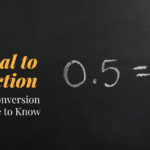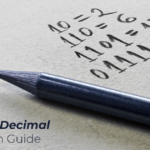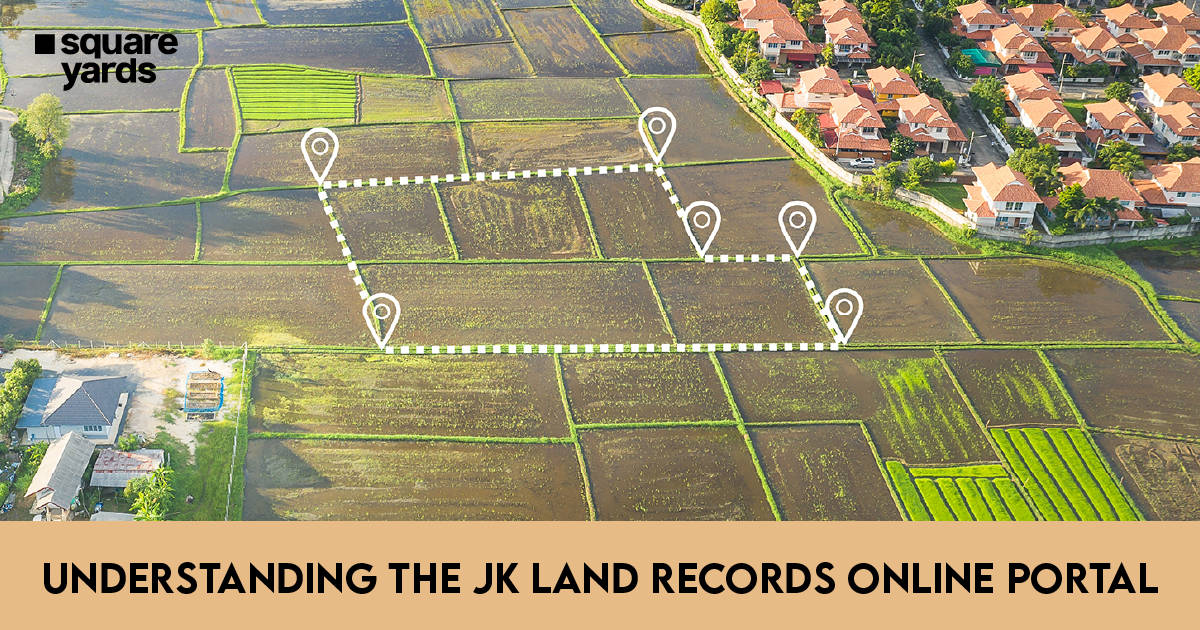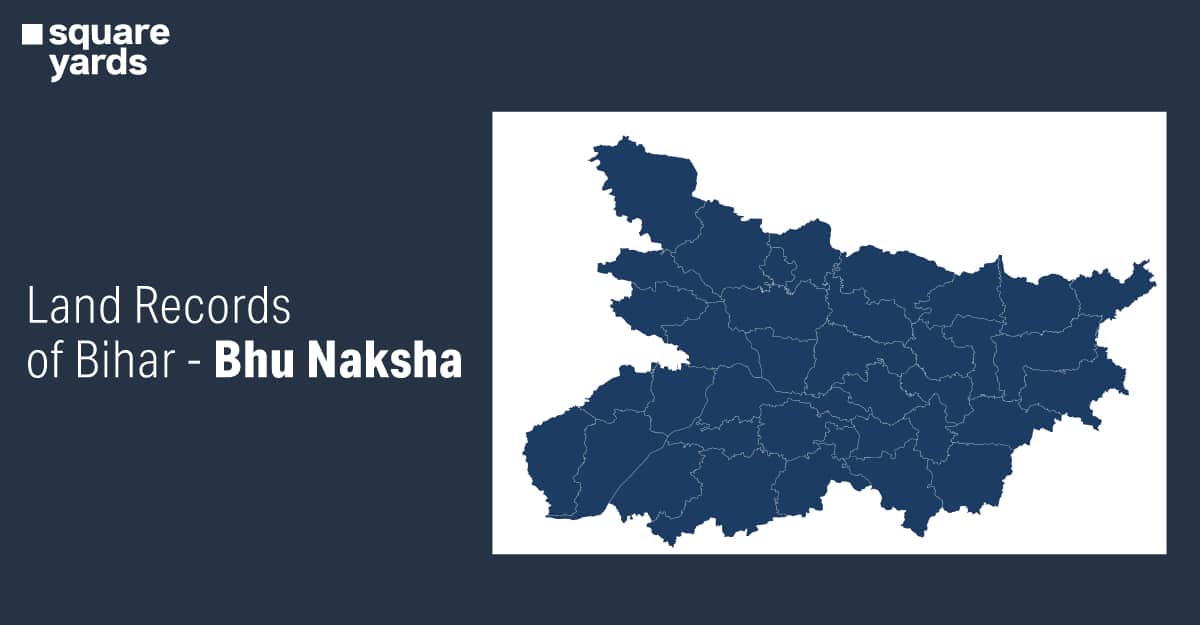The conversion between litres and ounces is more than just a simple mathematical equation. It formulates a bridge between two metric systems. Litres (l) and ounces (oz) are units of volume used in different measurement systems; litres are part of the metric system, while ounces are used in the imperial system. In the following blog, we highlight how to easily convert values from litres to ounces.
Hence, we will learn a little about what liters and ounces are, and a simple formula to convert liters to ounces.
What is Liter?
A litre, symbolised as ‘L’, is a metric unit of volume commonly used across the world for measuring liquids and other substances. It is defined as the volume of a cube that measures 10 centimetres (or 1 decimeter) on each side, making it equal to one cubic decimeter (1 dm³). This unit is particularly convenient for everyday use because of its relationship with the metric system; for instance, one litre of water at its maximum density and standard gravity has a mass of approximately one kilogram. The litre is widely adopted in many countries for commercial and domestic purposes due to its simplicity and ease of use in measuring various liquids, from beverages to fuel.
The term “litre” was derived from an older French unit, the “litron,” whose name came from Greek via Latin. The original definition of the litre was the volume of one kilogram of water at its maximum density and a specified temperature.
This definition closely links the litre to the mass of water, providing a practical and tangible basis for this unit of volume. Over the years, the definition of the litre has been refined for greater precision and consistency in measurement. The evolution of the litre reflects the broader development of the metric system and its role in standardising measurements in various fields.
Current Use of Liter
The unit “liter” is used to measure fluids, liquids, or even solids that can easily be poured. In various countries, the containers, or the packs with beverages, milk, etc are often labeled using liters. It is mostly used for smaller volumes of liquids, whereas larger volumes of liquids like swimming pools, dams, water tanks, etc use megaliters or gigaliters.
History of Liter
“Liter” was derived from the word “Litron”. It was an old French word used for a measurement unit. It is also known that “Litron” also had its origin in Greek, and it means “unit of weight”. As per Latin, the word “Litron” meant volume. As per medieval Latin, 1 Litron was equivalent to 0.831 liters. Experts suggest that liter found its place in SI units via this calculation.
Also before 1964, many theories defined a liter to be the same as one kilogram. However, a theory was introduced in 1795 that explained that the mass of a decimetre of water when it reaches the state of ice is the same as 1 kilogram.
What is Ounces?
An ounce, often abbreviated as “oz”, is a unit of weight used in the imperial and United States customary measurement systems. Historically, it originated from the Roman “uncia”, which was one-twelfth of the Roman pound. In the current context, there are two commonly used ounces: the avoirdupois ounce, which is approximately 28.35 grams and predominantly used in the United States for most weight measurements, and the troy ounce, which is about 31.1 grams, traditionally used for precious metals like gold and silver. The ounce serves as a standard measurement in various contexts, including cooking, postal services, and the trade of goods, reflecting its versatility and enduring relevance in measurements.
Over the centuries, the ounce has evolved and diversified into different forms, such as the troy ounce, which is still used for precious metals like gold and silver. Each type of ounce was standardised to suit the needs of different trades and measurements. The usage of the ounce as a unit of weight has been deeply influenced by trade and commerce throughout history, reflecting the cultural and economic exchanges between civilizations.
Current Use of Ounces
The use of ounces can differ based on what is being measured. The three different forms of ounce include an international avoirdupois Ounce, the troy ounce, and the metric ounce. The common fluid ounce is used to measure the volume capacity of milk and various beverages. In day-to-day conversation, the term is most commonly used instead of a fluid ounce. For example, instead of saying, I drank 10 fluid ounces of drink today, you can just say that I drank 10 ounces of drink. The abbreviation too is used as oz instead of fl oz.
History of Ounce
Ounce got its name from the Roman word uncia, and it has been used since the 1500s. However, a fluid ounce was defined in 1824 in the British Parliament where a gallon was divided into 160 fluid ounces. Even in the US, fluid ounce was always based on the wine gallon which was 231 cubic inches. After the introduction and implementation of the international inch, the fluid ounce as per the US is 29.5735295625 ml.
What is the Relationship between Liters and Ounces?
Understanding the relation between liters and ounces (liter to oz) is not an impossible task because,
One liter is equal to 33.8140227018 Fluid Ounces. Whereas,
One Fluid Ounce is equal to 0.0295735296 Liters.
You only have to understand this relationship to figure out the exact conversions between liter and ounce. This relationship will also guide you in performing the right conversions.
How can one convert from Liters to Ounces?
Now that we know what a liter is and what a fluid ounce is used for, it gets easy to convert liters to ounces. While one can convert liters to ounces online, it can be done manually too by using the formula. Just multiply the liter value with 33.8140227018 to obtain the value in ounces. Let us understand it better with a formula.
What is the formula for converting Liters to Ounces?
To convert liter into ounces, you can use the following formula –
Ounces = Liters (Digit) * 33.8140227018.
You can see the table below to understand the application of the formula.
Table for Liters to Ounces Conversion –
| Liters | Ounces | Liters to Ounces |
| 1 l | 33.81 ounces | 1 liters = 33.81 Ounces |
| 2 l | 67.62 ounces | 2 liters = 67.62 Ounces |
| 3 l | 101.43 ounces | 3 liters = 101.43 Ounces |
| 4 l | 135.24 ounces | 4 liters = 135.24 Ounces |
| 5 l | 169.05 ounces | 5 liters = 169.05 Ounces |
| 6 l | 202.86 ounces | 6 liters = 202.86 Ounces |
| 7 l | 236.67 ounces | 7 liters = 236.67 Ounces |
| 8 l | 270.48 ounces | 8 liters = 270.48 Ounces |
| 9 l | 304.29 ounces | 9 liters = 304.29 Ounces |
| 10 l | 338.1 ounces | 10 liters = 338.1 Ounces |
| 11 l | 371.91 ounces | 11 liters = 371.91 Ounces |
| 12 l | 405.72 ounces | 12 liters = 405.72 Ounces |
| 13 l | 439.53 ounces | 13 liters = 439.53 Ounces |
| 14 l | 473.34 ounces | 14 liters = 473.34 Ounces |
| 15 l | 507.15 ounces | 15 liters = 507.15 Ounces |
| 16 l | 540.96 ounces | 16 liters = 540.96 Ounces |
| 17 l | 574.77 ounces | 17 liters = 574.77 Ounces |
| 18 l | 608.58 ounces | 18 liters = 608.58 Ounces |
| 19 l | 642.39 ounces | 19 liters = 642.39 Ounces |
| 20 l | 676.2 ounces | 20 liters = 676.2 Ounces |
| 21 l | 710.01 ounces | 21 liters = 710.01 Ounces |
| 22 l | 743.82 ounces | 22 liters = 743.82 Ounces |
| 23 l | 777.63 ounces | 23 liters = 777.63 Ounces |
| 24 l | 811.44 ounces | 24 liters = 811.44 Ounces |
| 25 l | 845.25 ounces | 25 liters = 845.25 Ounces |
| 26 l | 879.06 ounces | 26 liters = 879.06 Ounces |
| 27 l | 912.87 ounces | 27 liters = 912.87 Ounces |
| 28 l | 946.68 ounces | 28 liters = 946.68 Ounces |
| 29 l | 980.49 ounces | 29 liters = 980.49 Ounces |
| 30 l | 1014.3 ounces | 30 liters = 1014.3 Ounces |
| 31 l | 1048.11 ounces | 31 liters = 1048.11 Ounces |
| 32 l | 1081.92 ounces | 32 liters = 1081.92 Ounces |
| 33 l | 1115.73 ounces | 33 liters = 1115.73 Ounces |
| 34 l | 1149.54 ounces | 34 liters = 1149.54 Ounces |
| 35 l | 1183.35 ounces | 35 liters = 1183.35 Ounces |
| 36 l | 1217.16 ounces | 36 liters = 1217.16 Ounces |
| 37 l | 1250.97 ounces | 37 liters = 1250.97 Ounces |
| 38 l | 1284.78 ounces | 38 liters = 1284.78 Ounces |
| 39 l | 1318.59 ounces | 39 liters = 1318.59 Ounces |
| 40 l | 1352.4 ounces | 40 liters = 1352.4 Ounces |
| 41 l | 1386.21 ounces | 41 liters = 1386.21 Ounces |
| 42 l | 1420.02 ounces | 42 liters = 1420.02 Ounces |
| 43 l | 1453.83 ounces | 43 liters = 1453.83 Ounces |
| 44 l | 1487.64 ounces | 44 liters = 1487.64 Ounces |
| 45 l | 1521.45 ounces | 45 liters = 1521.45 Ounces |
| 46 l | 1555.26 ounces | 46 liters = 1555.26 Ounces |
| 47 l | 1589.07 ounces | 47 liters = 1589.07 Ounces |
| 48 l | 1622.88 ounces | 48 liters = 1622.88 Ounces |
| 49 l | 1656.69 ounces | 49 liters = 1656.69 Ounces |
| 50 l | 1690.5 ounces | 50 liters = 1690.5 Ounces |
| 51 l | 1724.31 ounces | 51 liters = 1724.31 Ounces |
| 52 l | 1758.12 ounces | 52 liters = 1758.12 Ounces |
| 53 l | 1791.93 ounces | 53 liters = 1791.93 Ounces |
| 54 l | 1825.74 ounces | 54 liters = 1825.74 Ounces |
| 55 l | 1859.55 ounces | 55 liters = 1859.55 Ounces |
| 56 l | 1893.36 ounces | 56 liters = 1893.36 Ounces |
| 57 l | 1927.17 ounces | 57 liters = 1927.17 Ounces |
| 58 l | 1960.98 ounces | 58 liters = 1960.98 Ounces |
| 59 l | 1994.79 ounces | 59 liters = 1994.79 Ounces |
| 60 l | 2028.6 ounces | 60 liters = 2028.6 Ounces |
| 61 l | 2062.41 ounces | 61 liters = 2062.41 Ounces |
| 62 l | 2096.22 ounces | 62 liters = 2096.22 Ounces |
| 63 l | 2130.03 ounces | 63 liters = 2130.03 Ounces |
| 64 l | 2163.84 ounces | 64 liters = 2163.84 Ounces |
| 65 l | 2197.65 ounces | 65 liters = 2197.65 Ounces |
| 66 l | 2231.46 ounces | 66 liters = 2231.46 Ounces |
| 67 l | 2265.27 ounces | 67 liters = 2265.27 Ounces |
| 68 l | 2299.08 ounces | 68 liters = 2299.08 Ounces |
| 69 l | 2332.89 ounces | 69 liters = 2332.89 Ounces |
| 70 l | 2366.7 ounces | 70 liters = 2366.7 Ounces |
| 71 l | 2400.51 ounces | 71 liters = 2400.51 Ounces |
| 72 l | 2434.32 ounces | 72 liters = 2434.32 Ounces |
| 73 l | 2468.13 ounces | 73 liters = 2468.13 Ounces |
| 74 l | 2501.94 ounces | 74 liters = 2501.94 Ounces |
| 75 l | 2535.75 ounces | 75 liters = 2535.75 Ounces |
| 76 l | 2569.56 ounces | 76 liters = 2569.56 Ounces |
| 77 l | 2603.37 ounces | 77 liters = 2603.37 Ounces |
| 78 l | 2637.18 ounces | 78 liters = 2637.18 Ounces |
| 79 l | 2670.99 ounces | 79 liters = 2670.99 Ounces |
| 80 l | 2704.8 ounces | 80 liters = 2704.8 Ounces |
| 81 l | 2738.61 ounces | 81 liters = 2738.61 Ounces |
| 82 l | 2772.42 ounces | 82 liters = 2772.42 Ounces |
| 83 l | 2806.23 ounces | 83 liters = 2806.23 Ounces |
| 84 l | 2840.04 ounces | 84 liters = 2840.04 Ounces |
| 85 l | 2873.85 ounces | 85 liters = 2873.85 Ounces |
| 86 l | 2907.66 ounces | 86 liters = 2907.66 Ounces |
| 87 l | 2941.47 ounces | 87 liters = 2941.47 Ounces |
| 88 l | 2975.28 ounces | 88 liters = 2975.28 Ounces |
| 89 l | 3009.09 ounces | 89 liters = 3009.09 Ounces |
| 90 l | 3042.9 ounces | 90 liters = 3042.9 Ounces |
| 91 l | 3076.71 ounces | 91 liters = 3076.71 Ounces |
| 92 l | 3110.52 ounces | 92 liters = 3110.52 Ounces |
| 93 l | 3144.33 ounces | 93 liters = 3144.33 Ounces |
| 94 l | 3178.14 ounces | 94 liters = 3178.14 Ounces |
| 95 l | 3211.95 ounces | 95 liters = 3211.95 Ounces |
| 96 l | 3245.76 ounces | 96 liters = 3245.76 Ounces |
| 97 l | 3279.57 ounces | 97 liters = 3279.57 Ounces |
| 98 l | 3313.38 ounces | 98 liters = 3313.38 Ounces |
| 99 l | 3347.19 ounces | 99 liters = 3347.19 Ounces |
| 100 l | 3381 ounces | 100 liters = 3381 Ounces |
Don’t miss It!
| Feet to Meter | Feet to Meters Conversion: Conversion Table, Examples |
| Feet to Centimeter | How to Convert Feet to Centimeter: Formula & Examples |
| Inch to Microinch | How to Convert Inch to Microinch: Formula & Examples |
| Cent to Square Feet | How to Convert Cent to Square Feet: Formula & Examples |
| Ton to Kilogram | How to Convert Ton to Kilogram: Formula & Examples |
| Cubic Meter to Liter | How to Convert Cubic Meter to Liter: Formula & Examples |
| Cent to Square Meter | How to Convert cent to sq m: Formula & Examples |
| Meters to Feet | How to Convert Meters to Feet: Formula & Examples |
Difference Between Liters and Ounces
There are only two main differences between both the measuring units, mentioned in the table below:
| Liter | Ounce |
| A liter is used to measure the capacity of a utensil or volume of fluids. | Ounce is used for measuring for mass, weight, or volume. |
| Less one liter in fl oz | More fl oz in one liter. |
Frequently Asked Questions (FAQ)
How can I determine liters to ounces?
To determine liters to ounces, you have to multiply the value in liters by the number 33.8140227018. For example: To know the value of 4 litres in ounces we will multiply 4 by 33.8140227018. And, the result is 135.24 Ounces.
How to convert liters into ounces? What is its formula?
The formula for converting liters into ounces you can use the following formula – Ounces = Liters * 33.8140227018
How many ounces are there in 1 liter?
There are 33.8140227018 ounces in 1 liter.
How many liters are there in 1 ounce?
There are 0.0295735296 liters in one ounce.
What is the use of both measuring units liters and ounces?
Both the units are used for measuring the volume of liquids.




















































